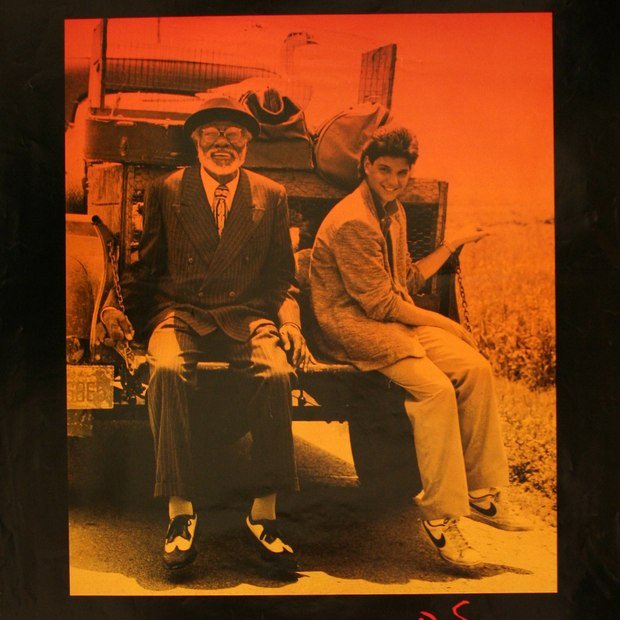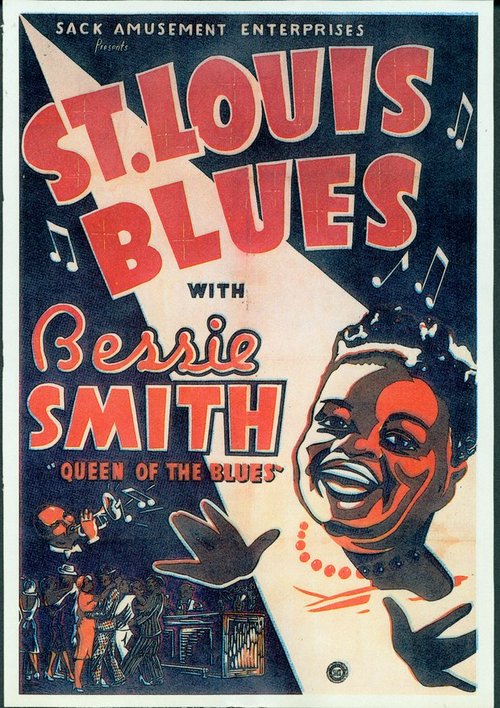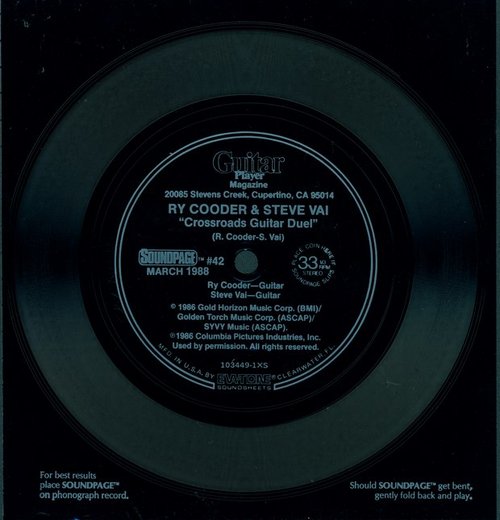Exhibits

Blues music has had sporadic usage in film over the years, often with large time gaps between appearances. The first movie to feature blues music was the 1929 short St. Louis Blues starring Bessie Smith as herself. Several movies with all-black casts and showcasing popular blues singers appeared over the next two decades. Ethel Waters received a singing role in Bubbling Over (1934), while Mamie Smith was prominent in Sunday Sinners (1940). Such movies were often adaptations of all-black vaudeville acts, derivative of the minstrel shows of the late nineteenth and early twentieth centuries.

Other films of this period to feature blues musicians in actual acting roles were a series of 1940's movies featuring Louis Jordan and his Tympani Five. Reet, Petite, and Gone (1947), Look-Out Sister (1947), and others were more vehicles for showcasing Jordan's popular brand of jiving jump blues rather than developing a strong storyline. Perhaps the biggest anomaly of blues on film is the 1956 short Big Bill Blues, shot in Belgium by Jean de Lire. This atmospheric art house film features blues singer Big Bill Broonzy performing in a smoky European bistro. In 1972, Motown executive producer Berry Gordy teamed up with Paramount to produce Lady Sings the Blues, starring Diana Ross as bluesy jazz singer Billie Holiday. The next film to prominently highlight the blues was the comic hit The Blues Brothers (1980), with white comedians Dan Akroyd and Jim Belushi as the blues band frontmen and part-time criminals Jake and Elwood Blues. The movie includes performances by popular blues, soul, and R&B performers of the day, such as John Lee Hooker, Ray Charles, and Aretha Franklin. A sequel, Blues Brothers 2000, flopped with audiences and critics alike.
In addition to the relatively small number of movies about blues that features blues musicians, there are non-blues films utilizing blues music or demonstrating a strong blues influence. Perhaps the best example of this latter type is the 1996 film Ghost World. While not directly about the blues, the storyline focuses on a blues 78-rpm record collector (played by Steve Buscemi) and the powerful emotional impact therecording "Devil Got My Woman" by Skip James has on the character Enid (played by Thora Birch). A number of films utilize blues music in their soundtracks despite a lack of any musical focus to their plots. Some examples include the civil rights film Ghosts of Mississippi (1997), which includes several examples of Delta and Chicago blues in the soundtrack and Big Bad Love (2001), containing extensive examples of north Mississippi hill country blues. John Lee Hooker's music appears in at least seven films, while Hooker makes cameo performances in The Blues Brothers (1980) and Heaven's Prisoners (1996).
The storyline of the 1986 film Crossroads relies heavily upon the legend of blues musician Robert Johnson allegedly making a deal with the devil in exchange for his impressive musical talent. In the movie, Eugene Martone (played by Ralph Macchio) is a young man studying classical guitar at Julliard who becomes obsessed with learning the blues. Martone visits a local blues musician named Willie Brown (played by Joe Seneca), who promises to teach Eugene a hidden Robert Johnson tune if Martone can help Willie escape his nursing home and get back home to Mississippi.
Studio guitarist and composer Ry Cooder produced and plays on the soundtrack, which includes several of his original compositions as well as works by Robert Johnson, J. B. Lenoir, and others. In addition to Cooder's guitar work, the music showcases the harmonica stylings of Sonny Terry and Frank Frost, the piano playing of Jim Dickinson, and a host of other musicians. Strangely absent from the LP and CD soundtracks is the guitar duel between Eugene (recorded by Ry Cooder) and the devil's own guitarist, Jack Butler (played by Steve Vai). To hear this crowning moment, fans must listen to either the 33 1/3 rpm single released in the March 1988 issue of Guitar Player or Steve Vai's album Elusive Light and Sound Volume 1.
[Crossroads (1986): 1) 45 rpm sound disc; 2) screenplay; 3) photograph; 4) poster]

